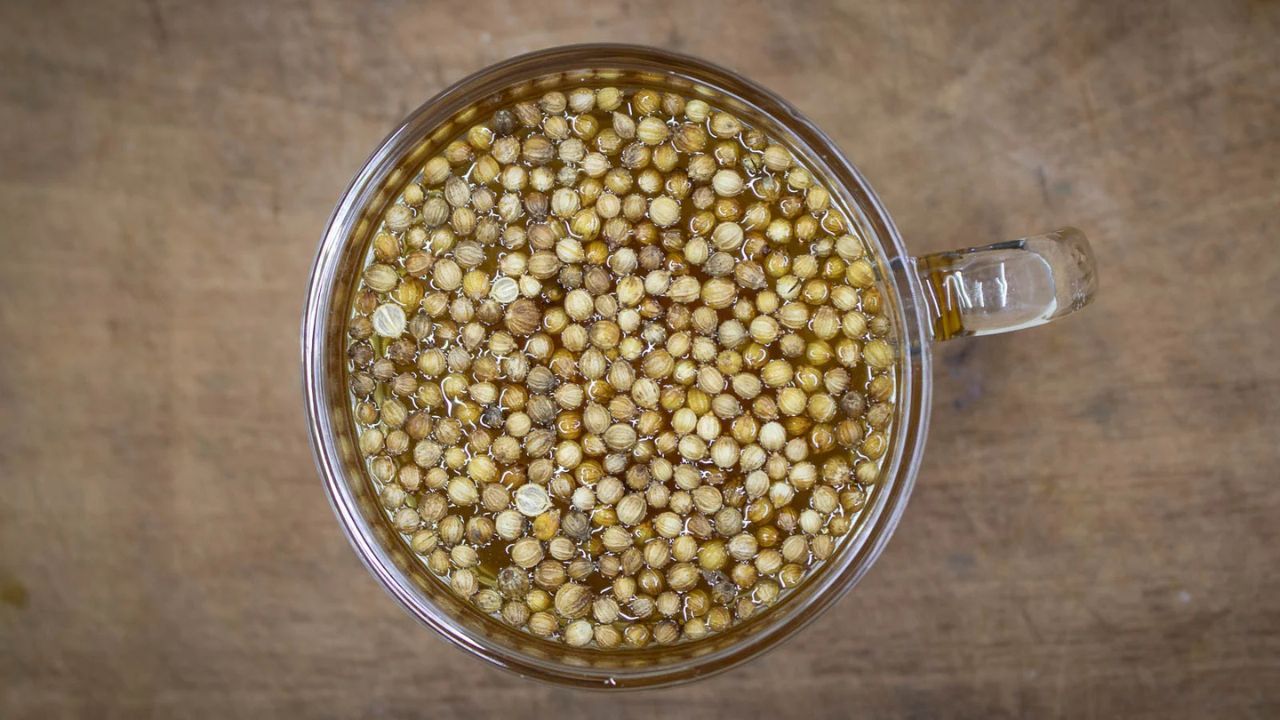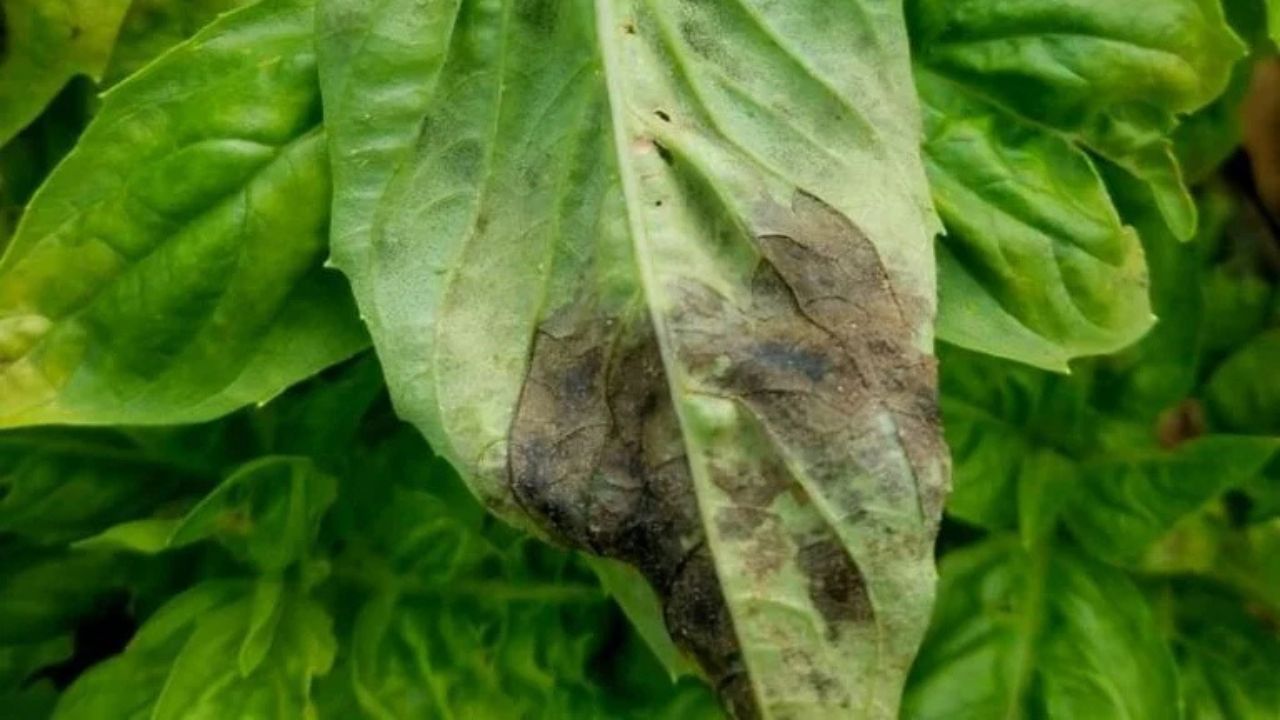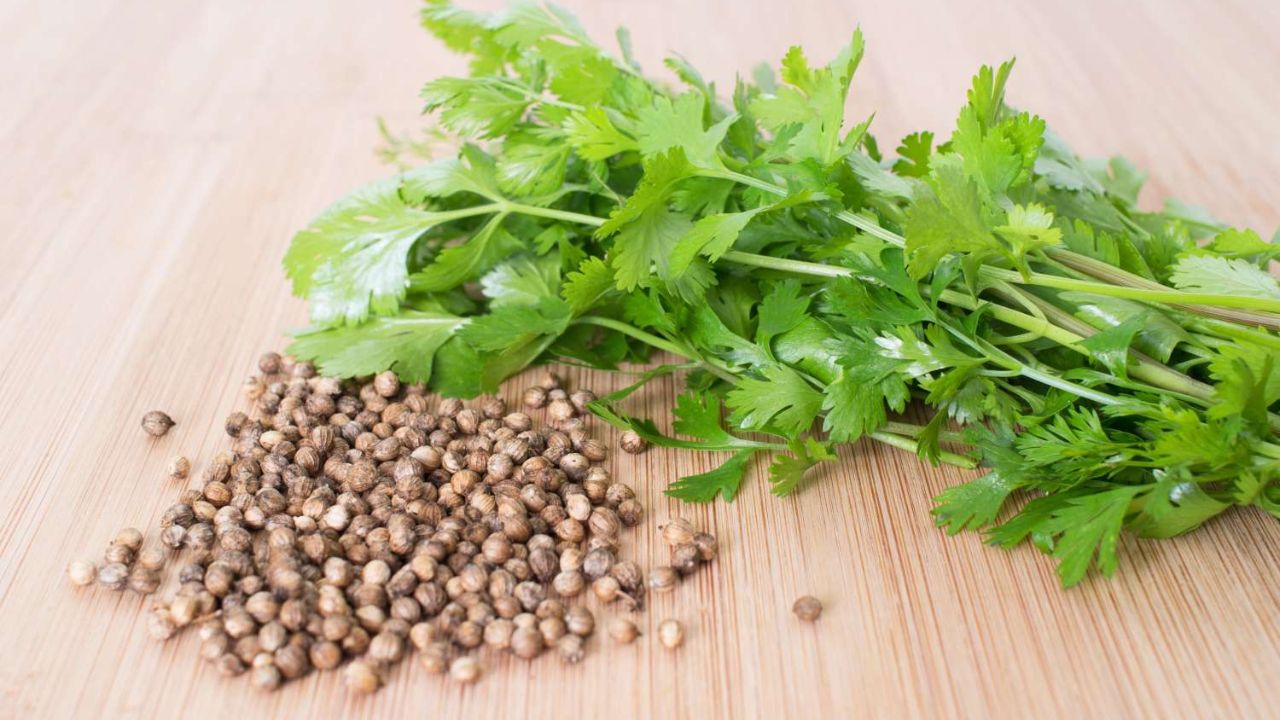Soaking cilantro seeds before planting helps speed up germination by softening the hard outer shell, allowing moisture to reach the seeds more effectively. While not essential, soaking can lead to faster, more successful growth, making it a beneficial step for gardeners aiming for better results.
Should I Soak Cilantro Seeds Before Planting
Soaking cilantro seeds before planting is a simple yet effective way to improve germination rates and ensure stronger, healthier plants. This process softens the hard outer shell of the seed, allowing moisture to penetrate more easily, which speeds up the germination process.
While not absolutely necessary, soaking can significantly boost your chances of successful and uniform growth, making it a recommended step for gardeners looking to optimize their results.
Understanding Cilantro Seeds
Cilantro, also known as coriander, is a widely grown herb valued for its aromatic leaves and flavorful seeds. Whether you’re a beginner gardener or an experienced grower, understanding cilantro seeds and the importance of preparation is key to successful planting.
What Are Cilantro Seeds?
Cilantro seeds are small, round pods that contain two individual seeds within each pod. These seeds are light brown in color with a slightly ridged surface. They are not only used for planting but are also popular as a spice in culinary dishes.
When planting, it’s essential to know that the hard outer shell of the cilantro seed pod can slow down germination if left unprepared. This outer coating protects the seeds but can also make it challenging for moisture to penetrate, which is crucial for germination.
Why Seed Preparation Matters
Proper seed preparation is a vital step in ensuring successful germination and healthy plant growth. Here’s why it matters:
Improves Germination Rates: Soaking or scarifying cilantro seeds helps break down the tough seed coat, allowing water to reach the seeds faster. This accelerates the germination process, saving time and increasing the likelihood of success.
Promotes Uniform Growth: Prepared seeds tend to germinate more evenly, resulting in consistent and healthy growth. This is especially important when planting cilantro in rows or containers.
Reduces Risks of Dormancy: Unprepared seeds may take longer to germinate or fail altogether due to dormancy. Proper preparation minimizes this risk, ensuring your effort in planting is rewarded.
Benefits of Soaking Cilantro Seeds
Soaking cilantro seeds before planting is a simple yet effective method to improve their germination and overall success in your garden. This easy preparation step can make a significant difference, especially for gardeners looking to achieve faster and healthier plant growth.
Faster Germination
One of the primary benefits of soaking cilantro seeds is that it accelerates the germination process. The hard outer shell of the cilantro seed pod can delay the absorption of moisture, which is essential for the seed to sprout. By soaking the seeds in water for 12-24 hours, you soften this shell, allowing water to penetrate more quickly. As a result, the seeds are activated faster, reducing the time it takes for seedlings to emerge after planting.
Higher Success Rate
Soaking cilantro seeds increases the likelihood of successful germination. Dry seeds may struggle to sprout due to insufficient moisture penetration, leading to uneven or failed germination. Soaked seeds, however, have a much better chance of breaking dormancy and sprouting consistently. This means you’ll have more seedlings and a fuller, healthier garden bed or container.
Improved Seed Health
Soaking seeds can also help promote healthier growth by removing impurities or debris from the seed surface. Sometimes, seeds may carry pathogens or dirt that could affect their germination or lead to early plant diseases. Soaking in clean, lukewarm water helps to rinse away these contaminants, giving your seeds a healthier start.
How to Soak Cilantro Seeds
Soaking cilantro seeds is an easy and effective way to boost their germination rate and ensure healthy plant growth. Follow these simple steps to prepare your seeds for planting.
Step 1: Gather Supplies
To start, you’ll need a few basic items:
- Cilantro seeds
- A clean bowl or container
- Lukewarm water
- A strainer or paper towel
Having these supplies ready ensures a smooth and hassle-free process.
Step 2: Prepare the Water
Fill your bowl or container with lukewarm water. The water temperature should be warm to the touch but not hot. Lukewarm water helps soften the tough outer shell of the cilantro seed pod, making it easier for moisture to reach the seeds inside.
Step 3: Soak the Seeds
Place the cilantro seeds in the bowl of water. Stir gently to ensure all the seeds are submerged. Allow the seeds to soak for 12 to 24 hours. This time frame is ideal for softening the seed coat without oversaturating the seeds, which could lead to rot.
Step 4: Drain and Dry
After soaking, pour the seeds into a strainer to remove the excess water. Spread the seeds out on a paper towel and let them air-dry for a few minutes until they are no longer dripping wet. The seeds should be slightly moist but not soggy before planting.
Alternatives to Soaking Cilantro Seeds
While soaking cilantro seeds is a popular method to improve germination, it’s not the only option. There are alternative techniques you can use to prepare cilantro seeds or even skip preparation altogether. Each method has its own benefits, depending on your gardening goals and preferences.
Scarification (Crushing the Seed Pod)
Scarification is a technique where the outer shell of the cilantro seed pod is lightly crushed to help the seeds inside germinate faster. This method works by breaking or weakening the tough seed coat, allowing water and nutrients to reach the seeds more easily.
How to Scarify Cilantro Seeds:
- Gently roll the seed pods between your fingers or place them under light pressure using a mortar and pestle.
- Be careful not to crush the seeds entirely—just enough to crack the outer shell.
Benefits of Scarification:
- Speeds up germination without requiring soaking.
- Particularly useful if you want to save time but still improve germination rates.
Planting Without Preparation
If you prefer a more straightforward approach, you can plant cilantro seeds directly into the soil without any prior preparation. This method works well for gardeners who are short on time or are planting in optimal conditions, such as well-drained soil and warm temperatures.
What to Expect When Planting Without Preparation:
- Germination may take longer, as the seeds rely on natural soil moisture to soften the outer shell.
- Some seeds may not sprout due to dormancy or poor soil conditions.
Tips for Success Without Preparation:
- Plant seeds slightly deeper (about 1/4 inch) to ensure good soil contact and moisture retention.
- Keep the soil consistently moist to encourage natural germination.
When Should You Not Soak Cilantro Seeds?
Soaking cilantro seeds can boost germination and improve success rates, but it’s not always the best option for every gardening situation. In some cases, skipping the soaking process may be a better choice. Here are two scenarios where you might want to avoid soaking cilantro seeds before planting.
Poor Drainage in Soil
If your soil has poor drainage or tends to retain excess water, soaking cilantro seeds might do more harm than good. Seeds that are pre-soaked can become overly saturated in waterlogged soil, increasing the risk of rotting or fungal issues.
Why It Matters:
- Pre-soaked seeds are already moist, so planting them in poorly drained soil can lead to waterlogged conditions.
- Excess moisture can prevent proper oxygen flow to the seeds, which is essential for germination.
What to Do Instead:
- Improve soil drainage by adding organic matter like compost or sand.
- Consider planting dry seeds directly into the soil to reduce the risk of over-saturation.
Time Constraints
Soaking cilantro seeds requires 12 to 24 hours, which may not be practical if you’re short on time or need to plant immediately. In such cases, skipping the soaking process is a convenient alternative.
Why It Matters:
- Skipping soaking allows you to plant seeds right away without any delay.
- While soaked seeds germinate faster, planting dry seeds can still yield successful results, though it may take slightly longer.
What to Do Instead:
- If time is a constraint, consider planting the seeds as they are and focus on keeping the soil consistently moist to encourage natural germination.
- Alternatively, you can try scarification (lightly crushing the seed pods) as a quicker preparation method.
FAQs
Is it necessary to soak cilantro seeds before planting?
Soaking cilantro seeds is not strictly necessary but is highly recommended for faster germination and better results. Soaking helps soften the hard outer shell, allowing moisture to reach the seeds more easily. If you choose not to soak, germination may take longer, but you can still grow cilantro successfully by planting the seeds directly and keeping the soil moist.
How long should I soak cilantro seeds?
Cilantro seeds should be soaked for 12 to 24 hours in lukewarm water. This duration is sufficient to soften the seed coat without oversaturating the seeds. Avoid soaking for longer than 24 hours, as it can lead to seed damage or rot.
Can I soak cilantro seeds in cold water?
While you can soak cilantro seeds in cold water, lukewarm water is preferred as it softens the hard seed coat more effectively. Lukewarm water also stimulates the seeds for quicker germination, ensuring better results than soaking in cold water.
What should I do after soaking cilantro seeds?
After soaking, drain the seeds using a strainer and spread them on a paper towel to air-dry briefly. Once they are slightly moist but not dripping wet, plant them in well-prepared soil. Keep the soil consistently moist to encourage quick and healthy germination.
Conclusion:
Soaking cilantro seeds before planting speeds up germination and improves growth success by softening the tough seed coat. While not essential, it enhances moisture absorption, leading to quicker and more consistent results.




